Isla Isabel, The Galapagos of Mexico
The morning light painted the sea in glistening glass, shattered by breaching dolphins and our bow slicing through the water like a hot knife in butter. I was physically and emotionally exhausted but managed to pull myself together to relieve Chris from his watch. On long passages, we generally hold a 4-hour-on-4-hour-off schedule, but if the person on watch can stay up a little longer, they generally do to allow the other person to rest more; a well rested crew is crucial for safety at sea. It was only a two day passage, but considering we hadn’t moved in over two months (or held a normal, healthy, sleep schedule) it was an adjustment period for sure.
It was barely 6:00 am and I couldn’t help but think about our friends in La Cruz who were surely still sleeping in after a long night of regular shenanigans. Although we were both excited to be finally sailing north into the Sea of Cortez, we couldn’t help but feel a little empty without our new found family to make memories with, but reminded ourselves we would see them all again soon and would have some new stories to share around the table. Instead of going off-watch, Chris decided to make coffee and breakfast for the two of us. We were officially 70 nautical miles north of our beloved La Cruz, and just a few hours away from dropping our hook off Isla Isabel.
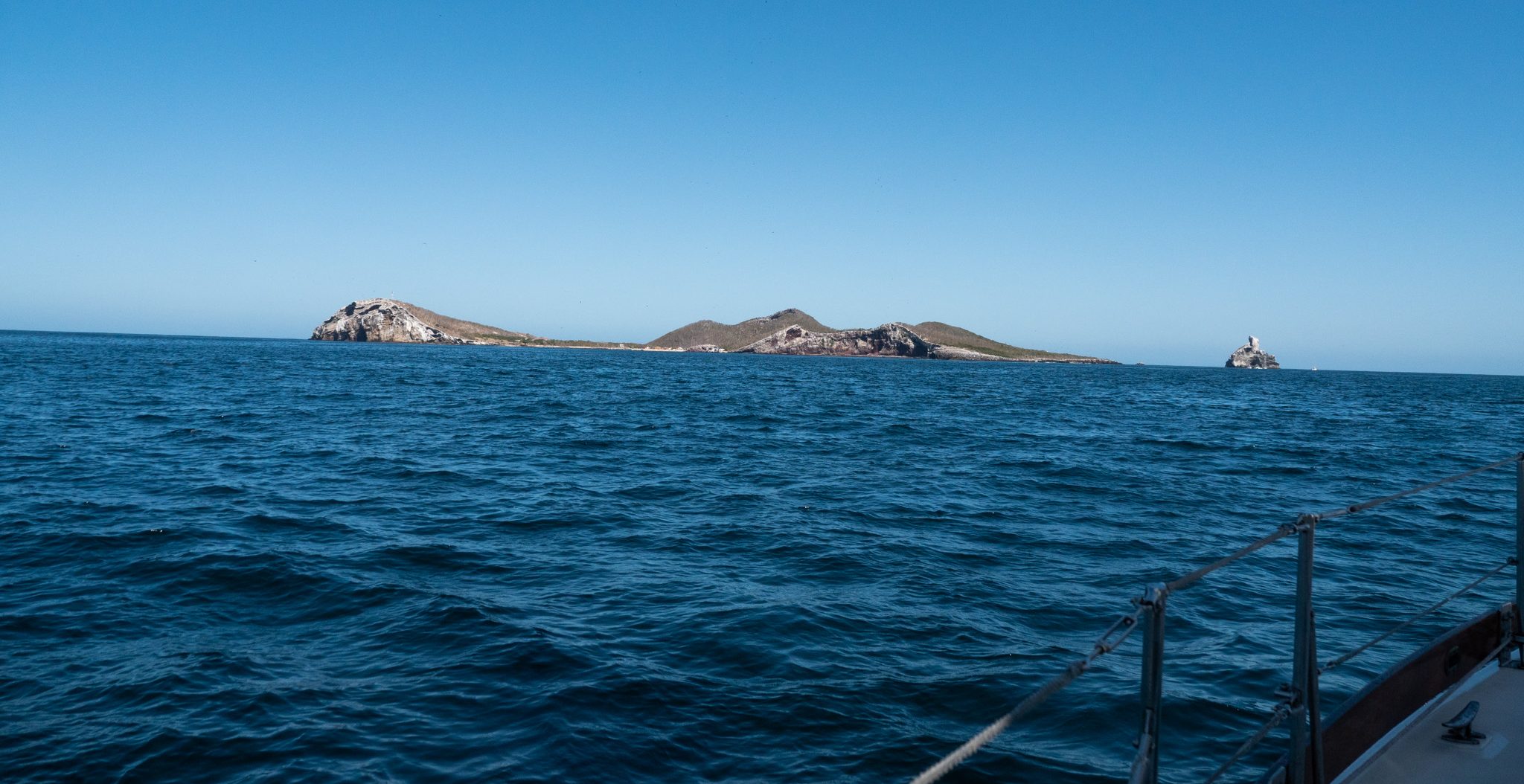
Isla Isabel!
Isla Isabel is a small volcanic island about 15 miles off the west coast of Mexico, about 90 miles south of Mazatlan and 70 miles north of Banderas Bay. The island is less than half a mile wide and about three-quarters of a mile in length and is made up of at least eight or nine craters, displaying an irregular topography and a beautiful coastline. Due to its importance as a seabird shelter, it was declared a National Park in the 1980’s on the initiative of the French maritime explorer Jacques-Yves Cousteau, who lived there for nine months.
*The Mexican chart shows Isla Isabel about 1.5 miles NNW of its actual position, and gives a very poor representation of the actual geography and hydrography of the island.
Isla Isabel houses an important wealth of ecosystems: lagoon, mangrove, beach, slope and coastline. Because of the diversity, you will find a wide range of species on the island above and below the waterline but the “flag” species include the whale shark, brown pelican, blue and red footed bobo (boobies), and the magnificent frigate. The National Autonomous University of Mexico has set up camp on the north end of the island to produce studies that have served as the basis for decision-making regarding the management and conservation of the island and its wild populations as well as track the effects of climate change.
The south and east anchorages around Isabel are the most popular; Chris’s brother Jon had actually anchored in the south side about a decade prior, and was a major reason we made Isla Isabel a must-stop-destination on our journey north. Given the incoming conditions we chose to anchor in the east anchorage alongside the other well-informed boaters but managed to weave through our new neighborhood and set our hook close to our friends aboard SV Milgros, who let us know they would be leaving later that day anyways. With our hook set in the only sand patch left, we launched our dinghy and headed to shore.
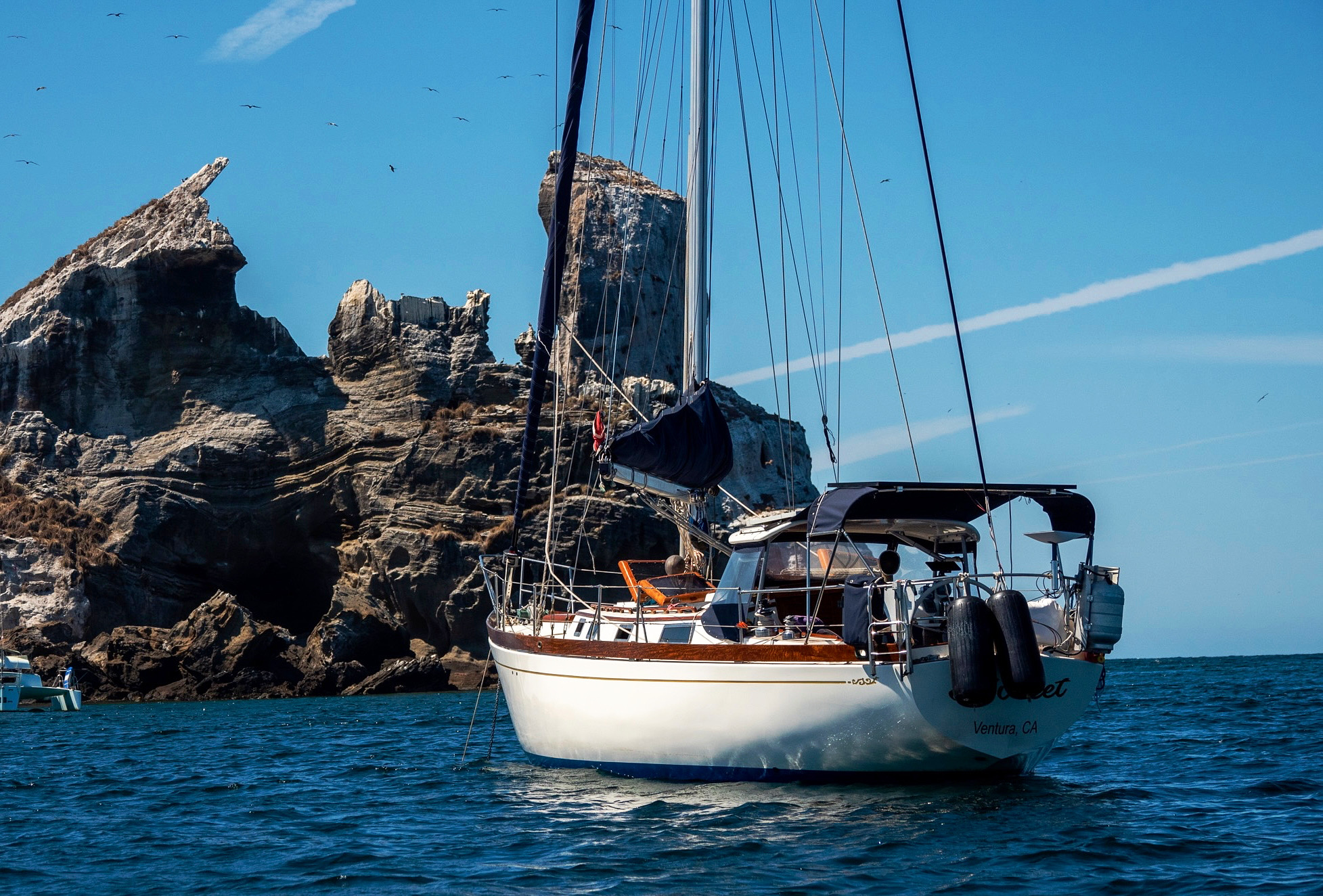
“I can see the anchor!” I called Chris over the sound of our 2 stroke outboard. The water clarity was only about 15 feet, but considering we hadn’t been able to see anything beneath the surface in Banderas Bay due to the red tide, we were thrilled to be back to the land of swimmable water. We took our time motoring around the anchorage and watching the vibrant life dance beneath the waterline. On the east side, there is a small sand patch that looks inviting to beach a dinghy, but landing is prohibited since it is part of the Islands Research focus. With that in mind, we motored around to the southside where we got to go ashore.
No(?) Guide Necessary(?)
Truth be told, it was odd to see so much fishing debris in a bonafide nature sanctuary. As we walked the Isla Isabel’s rocky shoreline towards the hiking trail we stepped over dead fish and birds tangled in discarded nets, frayed lines, and rusting traps that seem to have been long retired. We compared the scenery to the photos and videos Chris’s brother took nearly a decade (and a few hurricanes) prior, noticing his images were mostly free of trash and the 100+ year old fishing camp was held together by various materials.
Although we were shocked to see the trash, it was a reminder that we come from a place of privilege to have access to recycling programs, eco-friendly options and education about how our choices affect the future. We cannot change our ways collectively if the solutions are not offered to us. Until we make sustainability equitable, it is unfair to judge or preach about sustainability using images like these as an example. Instead, put your money where your mouth is and find out how YOU can make “sustainability” more available across the board. Don’t preach, get out there and get involved and remember you are a GUEST of the country you are visiting.
We carefully stepped across the pebble peppered beach, avoiding rouge fishing hooks and dried out puffer fish carcasses, making our way to the sun bleached and storm damaged interpret sign to read up on the island. Frigates nested in the trees nearby, squawking loud and the males displaying their bright red throats to impress the nesting females. White, fluffy frigate babies chirped with their big black soulless eyes looking inquisitively in our direction. We were just beginning to observe the birds when a man in a CONANP shirt approached us.
The National Commission of Natural Protected Areas (CONANP) is aware of the challenge of linking and complementing biodiversity conservation actions, involving Protected Areas, with economic development measures for the communities located in these areas and their transition zones. This has been a key part of its work since it was created in 2000.
“You need to hire a guide,” said the man in front of us. No hello, no pleasantries, just a statement that seemed suspicious. This was the first we heard of needing a “hired guide” in addition to the CONANP permit (that we had) to enjoy the island that so many sailors before us had visited. Exhausted from our sail, we decided not to argue in our broken Spanish and instead retreated back to the mothership to research the matter further.
Besides needing the CONANP Permit, it didn’t state anywhere that we needed a guide. I checked the website(s) in English and Spanish, double checked all of our guide books, referenced sailors who had recently visited and even proposed the question to the Sea of Cortez Sailing Group on Facebook. Everyone was just as baffled as we were. Unfortunately, we have concluded it was probably a park tenant(?) looking to make a quick buck off us seemingly-wayward sailors that had just landed ashore after a very long passage. After running our experience by friends like the crew of SV Totem we felt validated in giving the unguided hike another go the following day. With a whole day of sunshine left and a sea that was crystal clear, we changed into our swimsuits and jumped in to snorkel around one of Jaque Cousteau’s favorite islands in the Sea.
Isla Isabel is surrounded by more than 11 hectares of coral and rocky reefs that function as nurseries for the ecosystem – an important oxygen generator and the habitat of a large amount of marine flora and fauna. It is a very vulnerable ecosystem due to its high sensitivity to temperature changes and the overexploitation of resources (fishing, irresponsible tourism, etc) Recently, the island has acquired special notoriety since in just less than 5 years the effects of global warming have caused the loss of 80% of the coral reefs in the area.
In 2017 the National Commission of Protected Natural Areas (CONANP) partnered with ocean activist groups for reforestation of the coral reef, by placing more than 30 metal structures with infant coral heads at the foot of the reef. Some of the coral is still there, but we are sad to say a majority was bleached. Despite the sad state of the coral, we still saw plenty of sea life and were careful to practice our best etiquette around the creatures – starting with wearing reef safe sunscreen (thanks Live Sunny Suncare!)
The water was a bit frigid in comparison to the warm waters of Banderas Bay, but thankfully Avocet’s previous owner left behind a collection of dive gear including a lightweight snorkel suit that kept me warm enough to swim with the fish for hours – even if I did look like a rejected superhero. Chris and I were enthralled by the vibrant life that lived beneath our keel as we swam through Sergeant Majors, Angelfish, Puffers and over so many different stingrays. Chris was swimming over a coral head when I excitedly got his attention and pointed to the head of a juvenile Giant Moray Eel poking out of a hole in the rocks below me. It smiled, displaying it’s teeth while it gave a threatening charge towards me before backing back into the shadows. It was so well camouflage I didn’t initially spot it until it moved to show me it was there, and this was it’s reef.
View this post on Instagram
There are more than 300 species of fish that are an essential part of the food chain and call the island waters home – while snorkeling/diving you can see the barber butterfly fish (that cleans other fish from parasites); the King Angel and the polite Angel, the latter considered a protected species through the Ministry of Environment and Natural Resources (SEMARNAT)
Chris and I snorkel around for hours, going from the warm shallows out to the deep water around the Pinnacles. Pangas sped in and out of the anchorage, dropping off divers which inevitably made me nervous. Luckily the boats never got near us, and their tour groups were in and out of the water within 30 minutes. Once the sun started to get lower in the sky I felt my skin protest the temperature of the water, so back to Avocet we went for another lovely evening afloat.
Isla Isabel is For the Birds!
“¿dónde está el sendero?” I asked the fishermen on shore. They paused gathering their nets. One smiled and motioned to us to follow him, so we did. Chris and I had slept terribly the night before; the anchorage was exposed and rolly but still far more suitable than the southside option. My sunglasses hid my exhaustion well, but my voice was timid as I searched for the right words to say in spanish. Luckily whatever I said (and how I said it) was good enough to get us where we needed to be – without the mention of money or a guide necessary.
Chris and I climbed the rocky hillside through trees adorned with frigates. The sounds of wildlife filled the air as the dramatic landscape revealed itself to us with every step forward. It reminded us a bit of our beloved Channel Islands off the coast of California with intense rock formations, unmolested wildlife and endless views in every direction. But, it was a bit more ominous with the frigates flying high above us through the thermals, resembling the imagery in Jurassic Park. Isla Isabel is remote enough from the mainland where the animals have no reasons to fear humans, meaning our encounters were very close and personal.
Unlike the California Channel Islands, there are no rangers on Isabel tasked with keeping the birds from nesting on the trail which means it is up to you to give the birds a proper berth as you carry on your way – which is easier said than done. Chris and I were lucky enough to arrive on the island during nesting season and got to see loads of fluffy babies in the trees, with and without their truly Magnificent parents. The Frigates have an impressive wingspan of 85 – 88 inches, with intimidating beaks perfect for piercing fish and turtle hatchlings, and a squawk that means business. Despite their prehistoric size and behavior they were very docile… unlike the Boobies we met a little further down the trail.
Frigate Fact: soaring frigatebirds use unihemispheric sleep to watch where they were going while circling in rising air currents. Despite being able to engage in all types of sleep in flight, the birds only slept for 0.7 h d−1 during flights lasting up to 10 days.
Iguanas and smaller lizards scampered across the dusty trail as Chris and I were careful not to get too close to the ever-curious nesting frigates. Flies stuck to our sweat-glistening skin as we made our way to the Islands sort-of center. Inside Isabel is an almost-circular lake, appropriately called Crater Lake. The green lake has a diameter of 1148.29 feet, with an altitude of 22’ above sea level and a maximum depth of 75 feet. The water is hypersaline which means it is saltier than that of the sea that surrounds it. There are small organisms that live in the interior and on shoreline such as small crustaceans and insect larvae, but perhaps the most interesting “creature” is the mythological “Chabela” that is essentially the islands very own Nessi… but none of the researchers that reside on the island are able to identify or describe the creature of the (relatively) deep. Shockingly, the stagnant green pond did not have any mosquitos buzzing around… but I have a feeling that is all thanks to the birds.
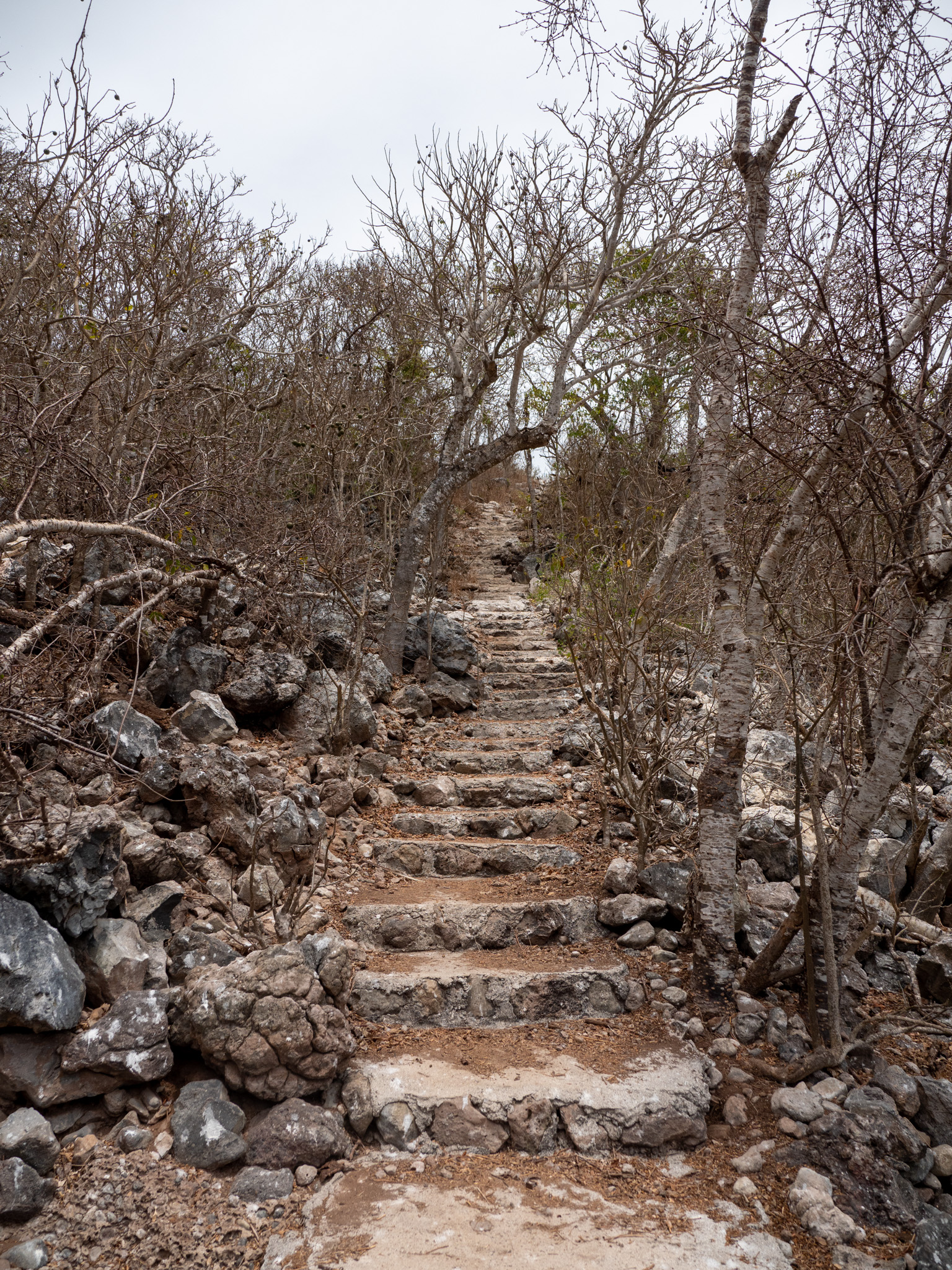 The sight of frigates slowly dissipated as we continued on the trail towards the east side of the Island where we would be able to see Avocet in the anchorage. “Chris… look!” I said, my finger extending towards a funny looking, blue footed bobo that waddled towards us.
The sight of frigates slowly dissipated as we continued on the trail towards the east side of the Island where we would be able to see Avocet in the anchorage. “Chris… look!” I said, my finger extending towards a funny looking, blue footed bobo that waddled towards us.
Isla Isabel is home to the Blue, Brown and Red Footed bobo bird, more commonly known as “boobies” – not the most elegant name, but when you see them in person it just makes sense. Although their Spanish name is pájaro bobo de patas azules, the boobies earned their nickname because of their odd look and stumbling walk while on land. As we hiked around the island’s east side we came across many boobie nests on the ground, some even placed on the trail. Unlike the Frigates, these little dodo-looking birds didn’t share their space well, and definitely wanted to scrap – charging us if we got too close, even if we were feet away!
On the east end the Pinnacles and Avocet came into view, a perfect photo opportunity of our boat was trumped by the catamaran that anchored in front of us, and hid our boat from us. While hoping the wind would flip so we could see our boat, we had the opportunity to interview a UNAM researcher who was suiting up for a snorkel around the reef. He shared that the boobies are very territorial birds and that the blue-footed boobie is extremely useful in the ecosystem because it is considered a “bioindicator” species, meaning it reflects both the condition of ocean and marine productivity by modifying its diet and the growth rate of its chicks according to the availability of food. We thanked the researcher for his time then continued to observe the nesting birds on the shore, watching the water breath in and out of the tidepools and listen to the researchers chat in their camp hidden behind the trees.
Eventually we hiked back to the southside where Winglet waited for us. I was hot, and quick to wade into the water and float for a while just taking in the sounds and views of our surroundings before we motored back to Avocet.
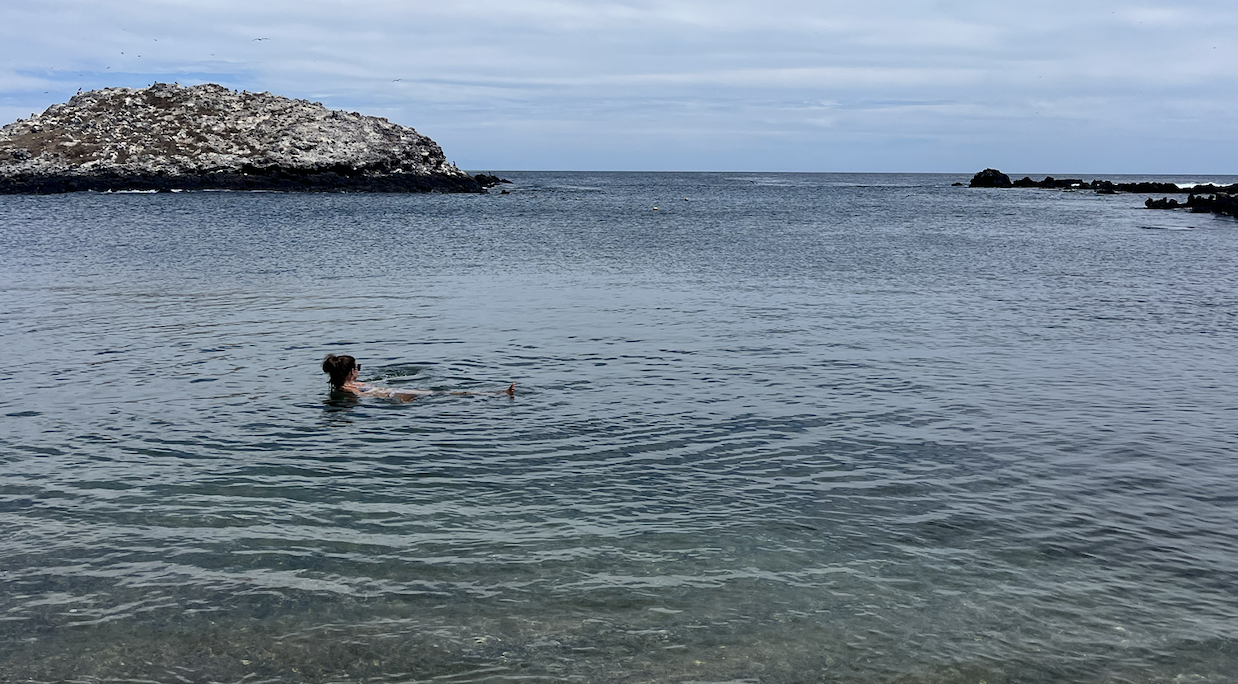
Plans Change
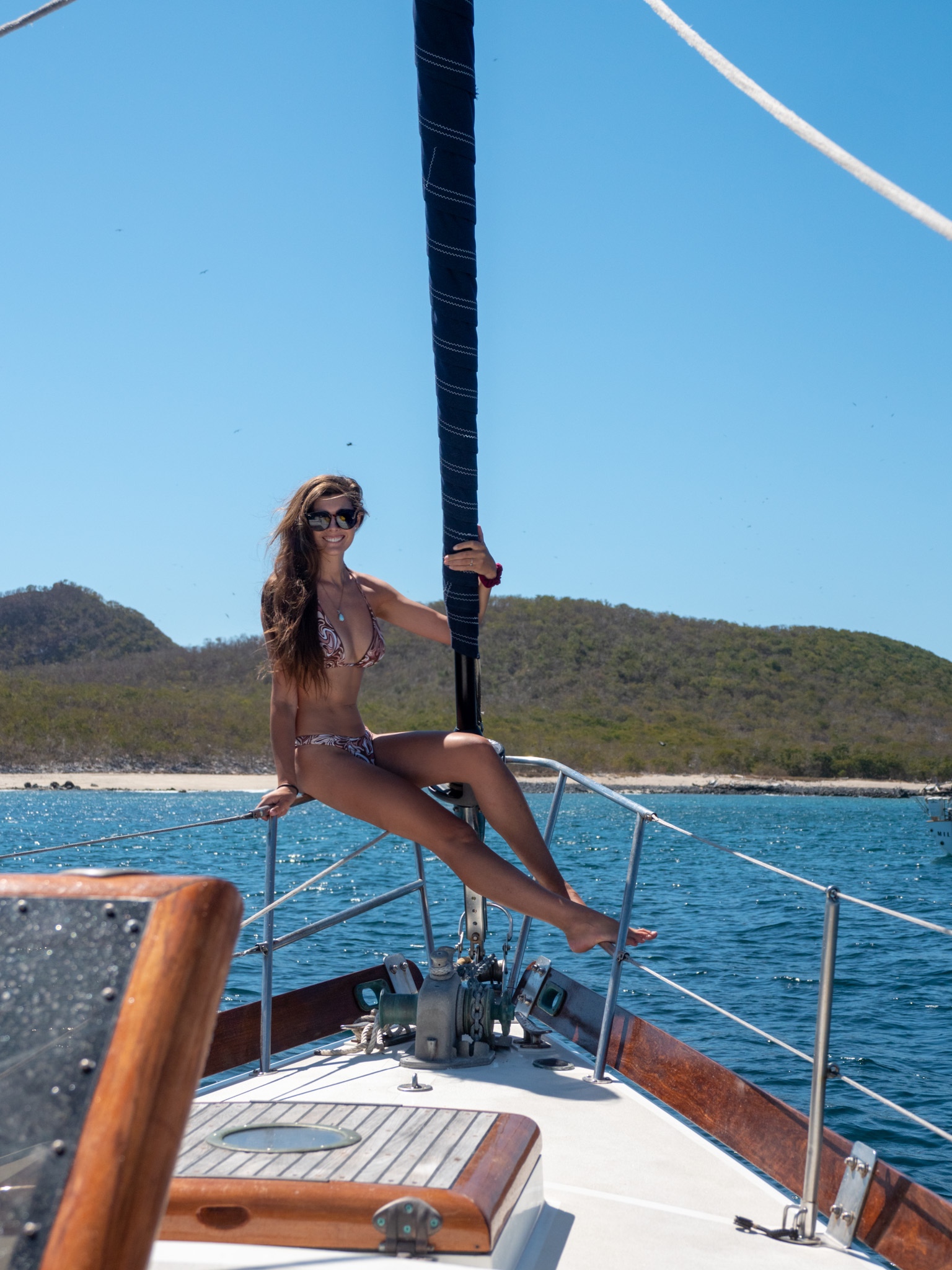 It’s funny to look back at all these photos of our time on Isabel, and to read my notes I took that I would use to write about later (hello, later, nice to finally meet you). At the time I had no idea how drastically our plans were about to change.
It’s funny to look back at all these photos of our time on Isabel, and to read my notes I took that I would use to write about later (hello, later, nice to finally meet you). At the time I had no idea how drastically our plans were about to change.
After a few days anchored at Isla Isabel we decided that it was time to finally cross the Sea of Cortez and reunite with our friends aboard Kessel, who we had parted from in Cabo San Lucas a few months prior. The fog was thick that morning, wetting every surface it kissed with its monotone gray surrounding us like a bed sheet. Chris and I were already off to a rocky start that day, probably due to nerves, but in retrospect the whole morning just seemed off, as if the universe was trying to warn us of what was to come. After some bickering (I don’t even remember about what) the anchor was up and we were motoring out to the wind line that we had hoped would carry us across the sea to La Paz but about an hour in the engine began to knock.
If you remember, we experienced a runaway diesel incident back in November while enroute to Morro Bay. The high pressure fuel pump was the culprit and since we were still in California, we were able to find a “reputable” diesel mechanic (that specializes in rebuilding injection pumps and injectors). We dropped the pump off, got it “fixed” and went on our merry way to Mexico putting around 200 hours on the engine, believing everything had been resolved. Clearly, it was not.
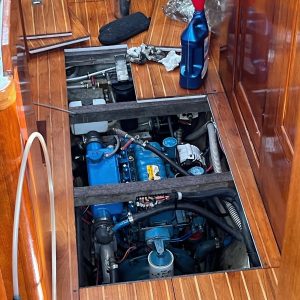 We thought we threw a rod. We thought our engine was totaled. The engine wouldn’t start and we were unable to fully diagnose the issue without removing the engine entirely. With the wind blowing a gentle 2 knots we weighed our options and decided that it would be in our best interest to limp back to La Cruz rather than trying to get a tow into Mazatlan and source parts there. After all, we had connections in La Cruz. I contacted Mike and Cat from PV Sailing who were on standby to assist, Dee Dee from Scuba Ninja was waiting to help bring us into port, our Lusty and Sitka family were checking on us nearly every hour, and although we were extremely disappointed with the situation we almost felt relieved.
We thought we threw a rod. We thought our engine was totaled. The engine wouldn’t start and we were unable to fully diagnose the issue without removing the engine entirely. With the wind blowing a gentle 2 knots we weighed our options and decided that it would be in our best interest to limp back to La Cruz rather than trying to get a tow into Mazatlan and source parts there. After all, we had connections in La Cruz. I contacted Mike and Cat from PV Sailing who were on standby to assist, Dee Dee from Scuba Ninja was waiting to help bring us into port, our Lusty and Sitka family were checking on us nearly every hour, and although we were extremely disappointed with the situation we almost felt relieved.
“This is not as bad as what I had imagined it to be” Chris said from the helm. He was nestled into our bean bag chair that fit perfectly in the corner. He wore no smile on his face, but also didn’t show signs of rage like the first time this happened in November. Instead, he seemed to be at peace with the situation. He hesitated before what he said next, but I’m glad he said what I had been thinking. “At least we get to go home to our friends.” and it was true. Had we manifested this failure to be back with our favorite people? Perhaps.
It was the slowest sail of our lives. At some points we were making no headway and just drifting with the sea – fortunately in the right direction. We had 70 miles to make up, with no engine to help us, but a suit of sails that could make it happen. We were capable sailors on a capable boat, it was our time to put our skills to the test. I thought of Lin Pardey and what she would say, and channeled her spirit as I prayed to the zephyrus for some more wind to keep our asymmetrical spinnaker full. During the night watch – when we were going a whopping 0 knots – I fought to stay awake and laid in the footwell looking up at the stars, trying to identify the constellations. I remembered how Peter and I would chat about stars on the VHF while coming down the coast of Baja, then wondered how long it would be before we saw him and Olivia again
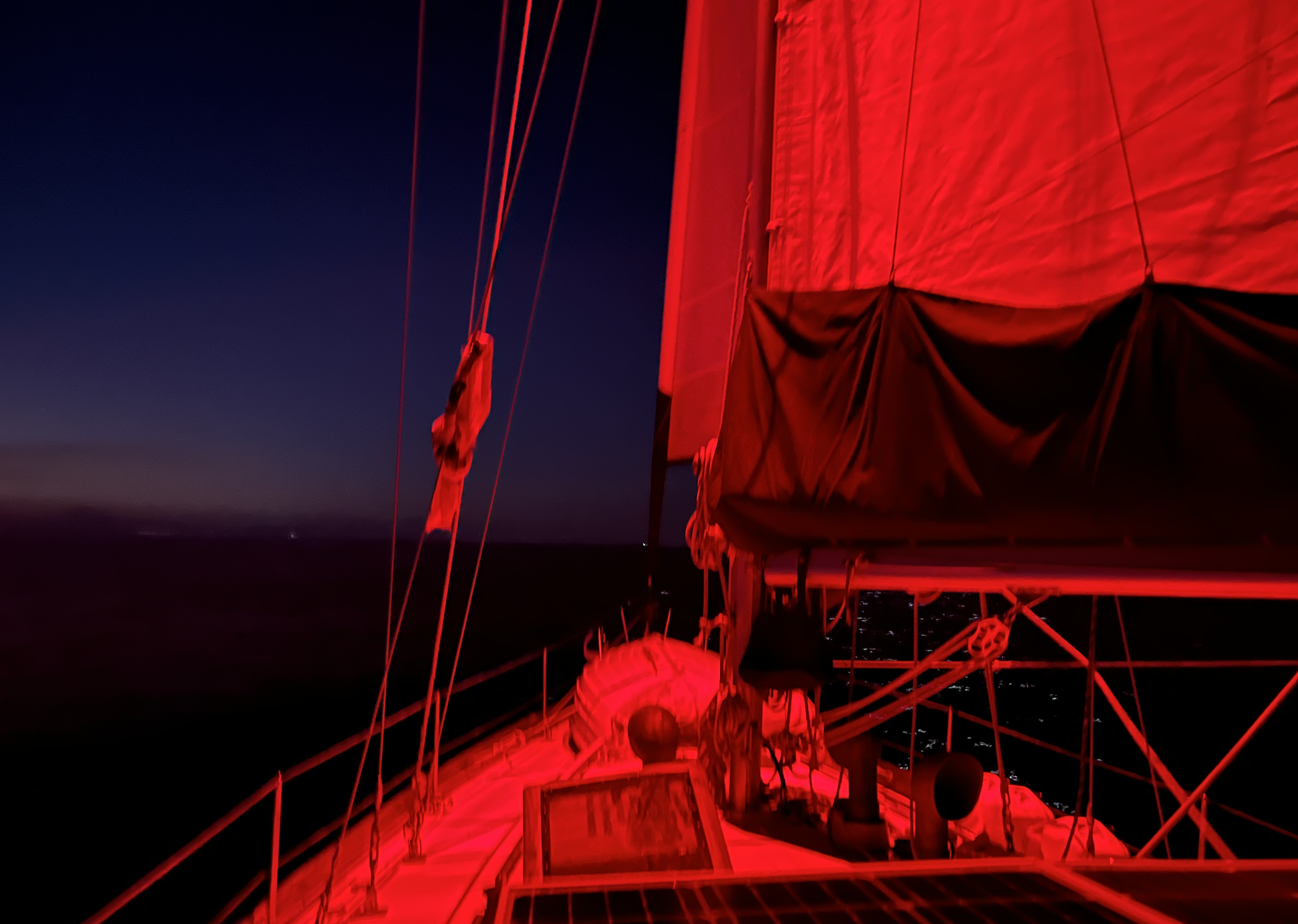 .
.
Two days later we caught the localized thermal winds at the mouth of Banderas Bay and sailed back into the anchorage going a steady 6 knots. It was the fastest we had gone in two days and as the familiar scenery came into view I felt overwhelmed with a feeling of safety. I knew we would be alright. Soon we saw Jay and Kenna charging towards us in their dinghy, Bushtit, full of smiles. “WELCOME BACK!” They yelled. Later they shared that they were thrilled to see us, but sad because of the reason. Their help was instrumental in the first few days of engine work.
View this post on Instagram
We set our hook under sail right next to Sitka, as if we never left, then cleaned up and went to shore for drinks and games at the Green Tomato. Oh how we missed the sound of dice hitting the table, Max’s catch phrase “nickel and dime every time” and laughter laced throughout. We were the only ones in the bar, and even though we were not sure what our future held, everything felt right in the world.
It was already April, would we reach the Sea of Cortez before hurricane season? Stay tuned to find out.
xo,
Marissa (and Chris and Cleo)
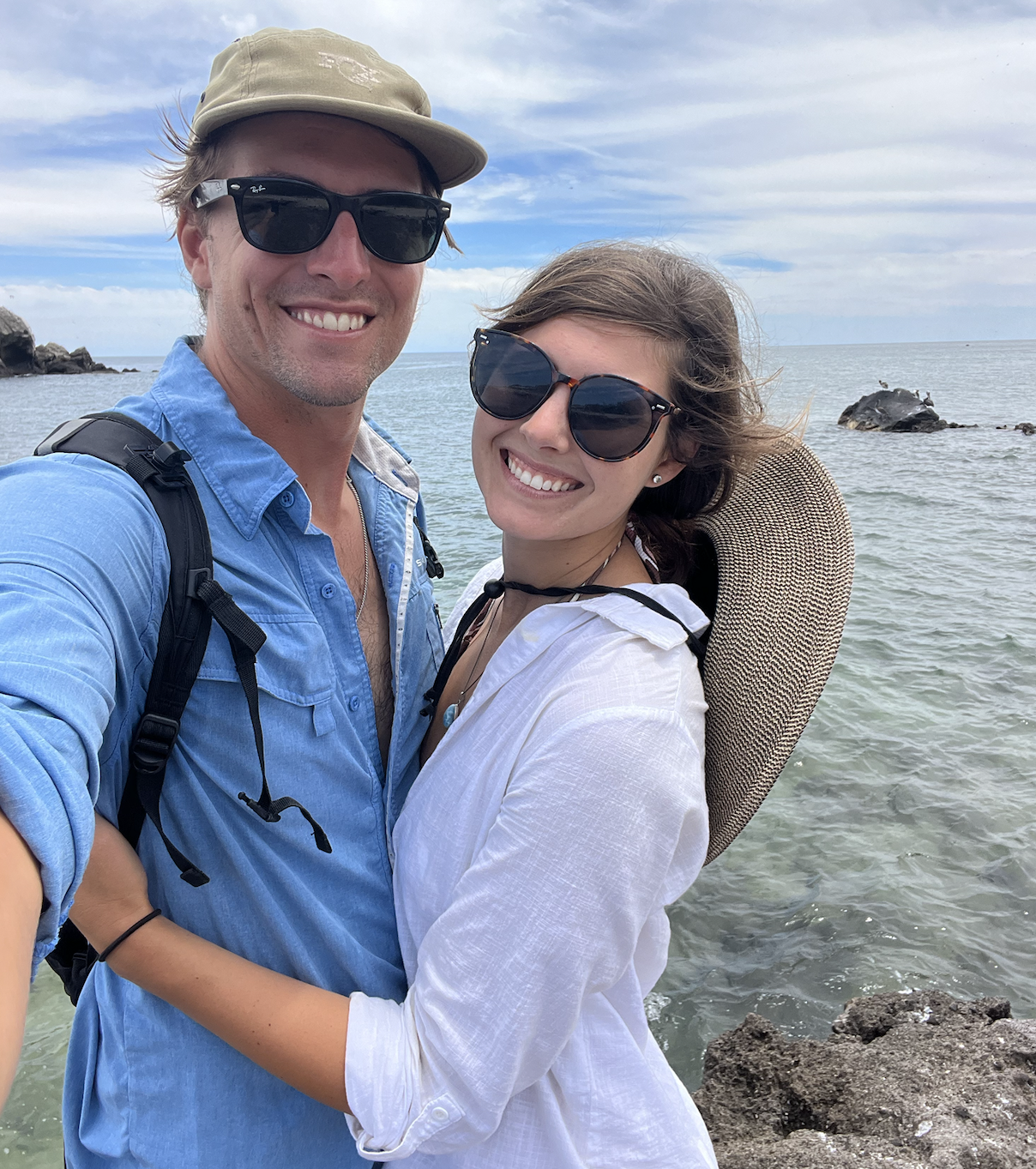
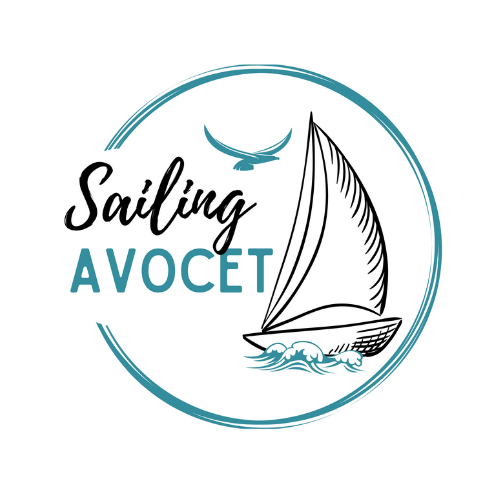
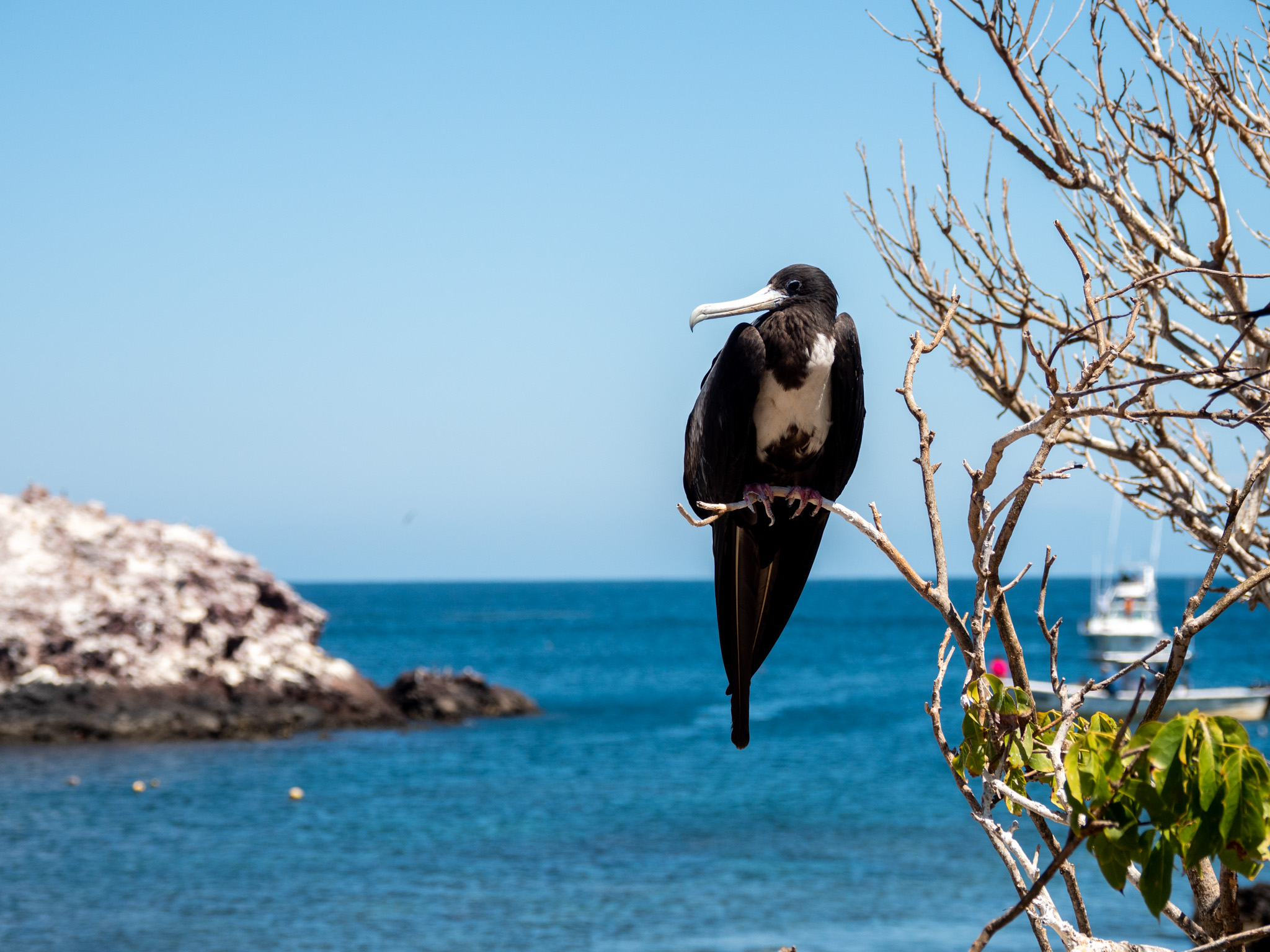
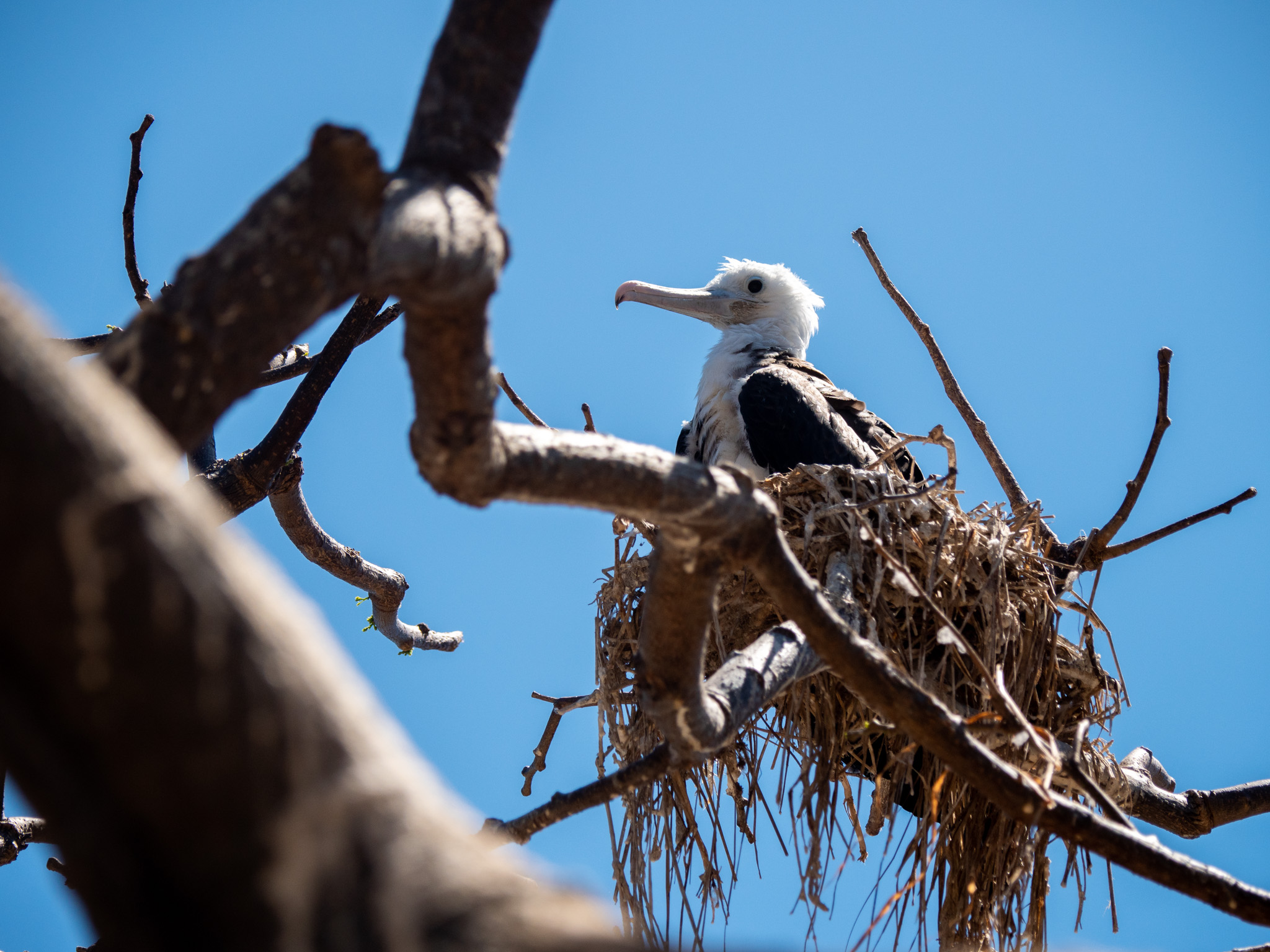
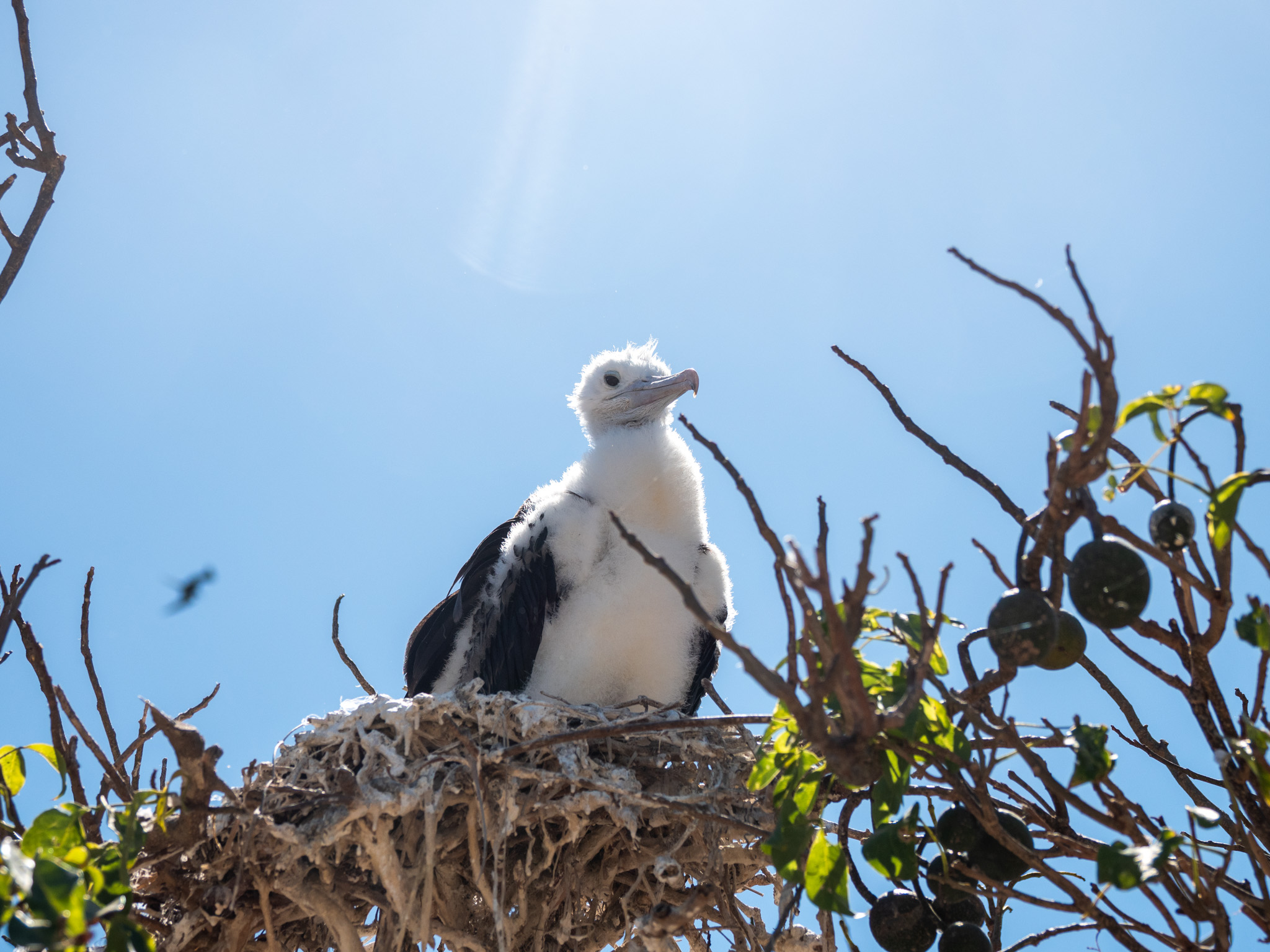
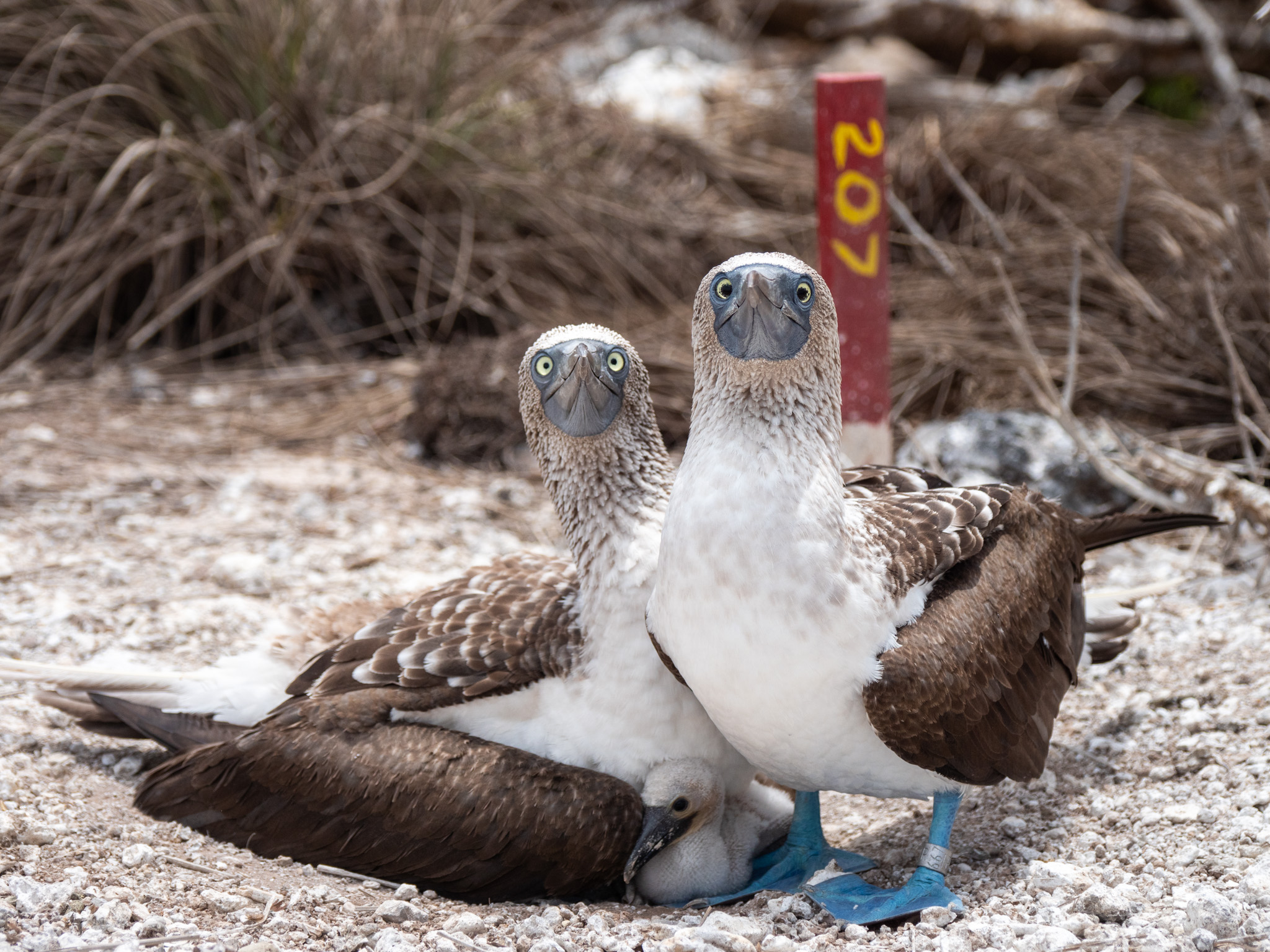
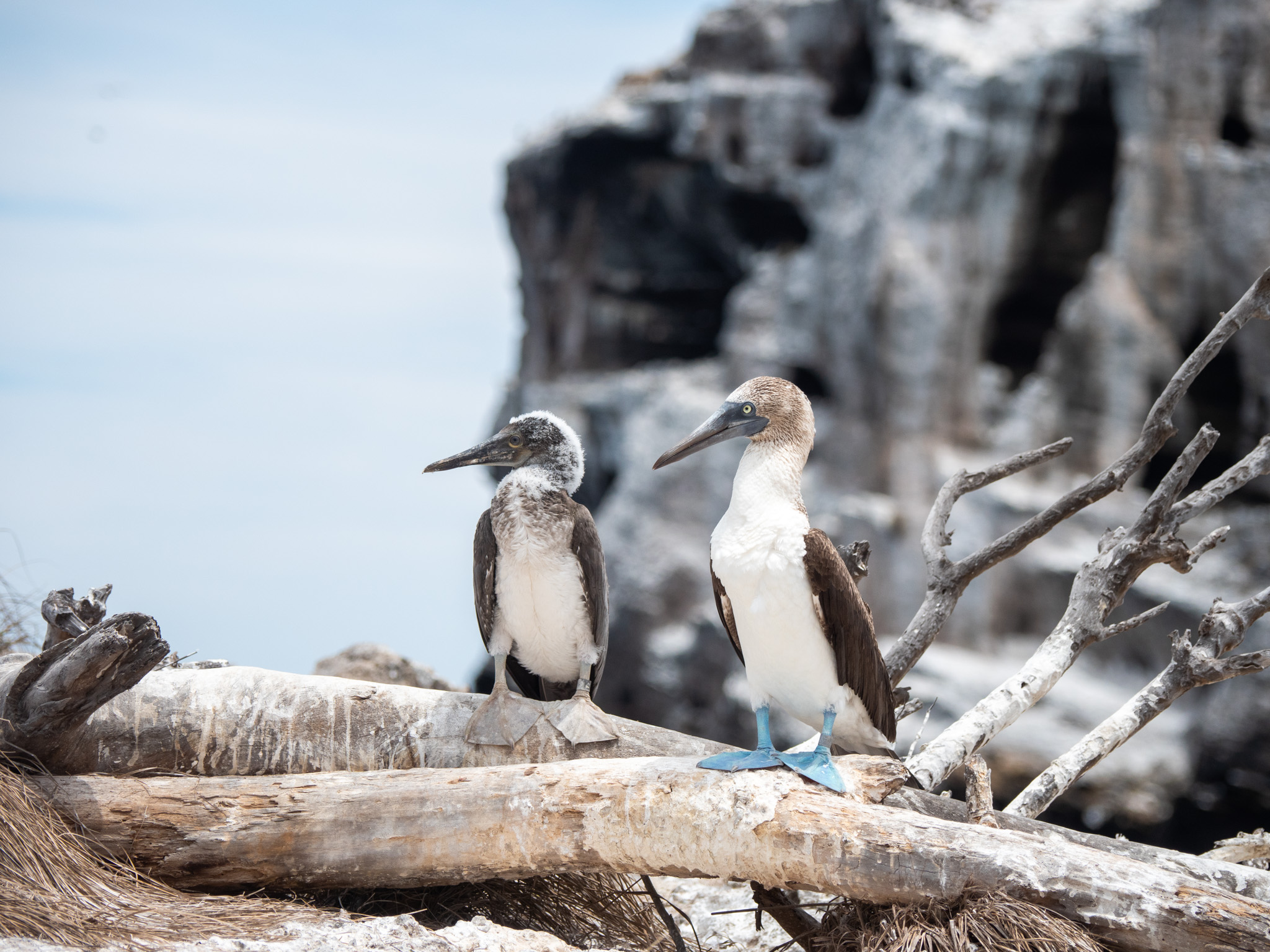
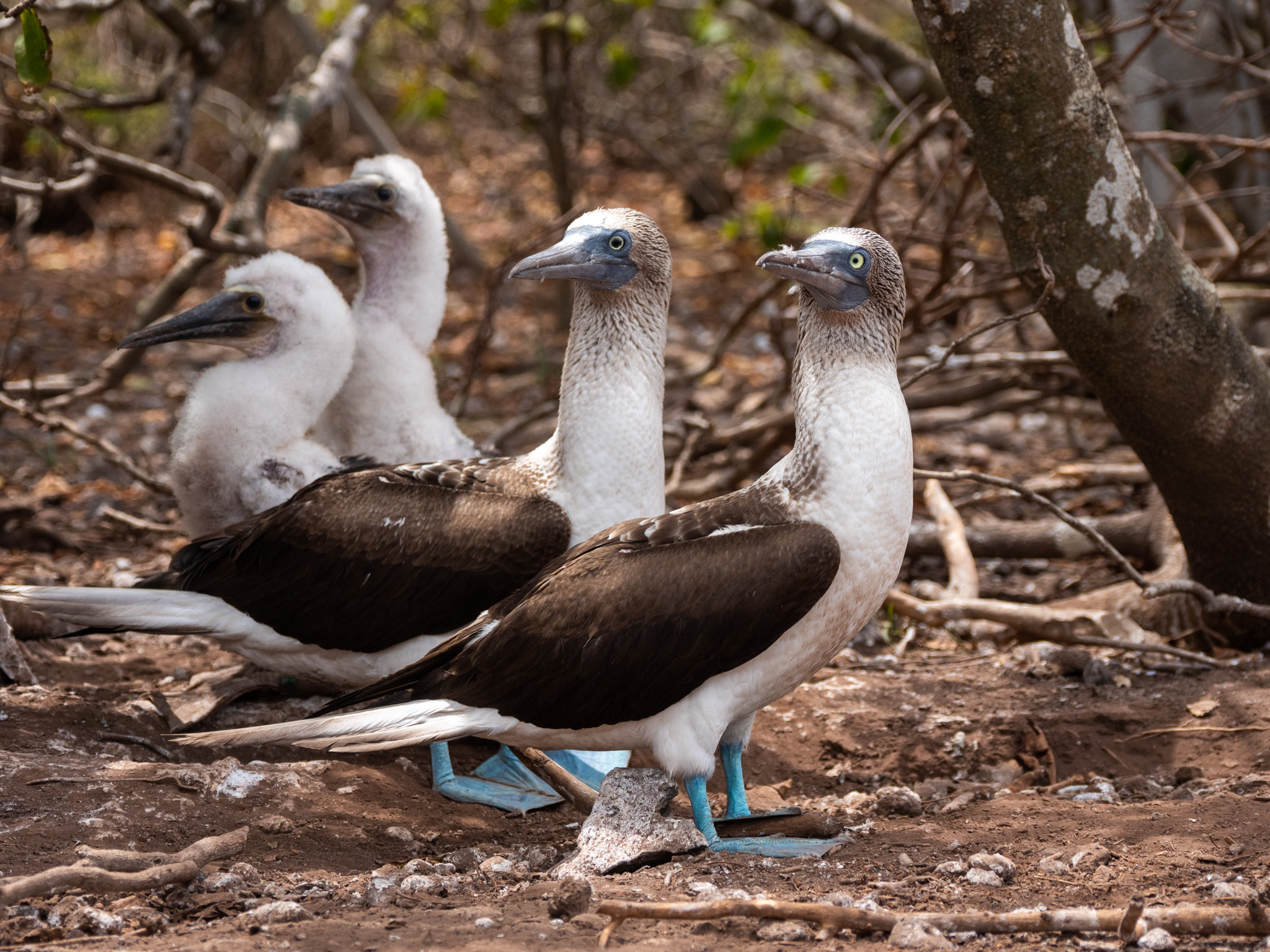


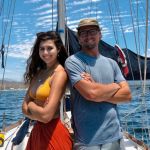




Marissa, Chris (and Cleo),
Steve here from Washed up/Sausalito. I am in La Paz leaving today on Argo, Mike Owen’s CT 54. We sail south to Isla Isabella and on to La Cruz over the next week and a half. He wil be berthing there. My gal Sal joins us on the 12th for a little vacation.
Hope you are all well!
Ahoy Steve! Good to hear from you. We are currently in Punta Pulpito in the Sea, slowly making our way to La Cruz. While you are in La Cruz be sure to go by the Lusty on Land bar, owned by our friends Max and Karen. Tell them you are friends of the Avocet crew and buckle up for a good time 😉